Post
Personal Weather Station
Posted on September 27, 2022 • 6 min read • 1,269 wordsThe first step to moving my ADS-B antenna outside was to relocate my weather station. So let's go into some more detail about that...
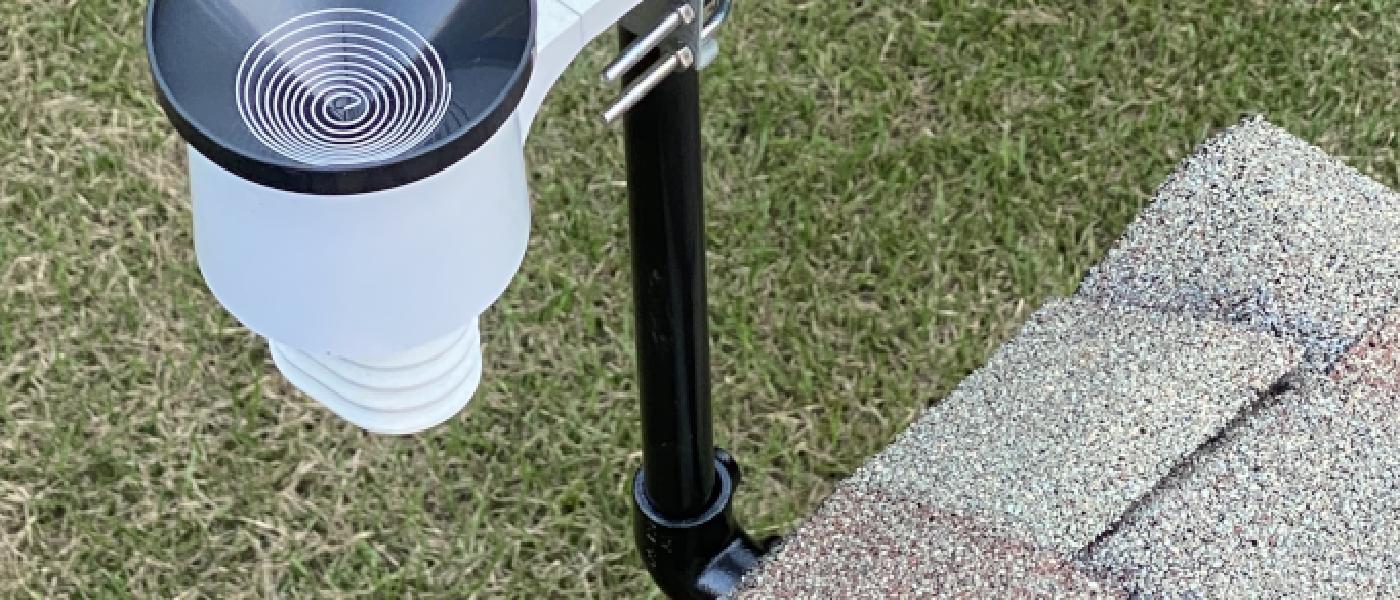
Personal Weather Station
Just like all things space and aviation, I’ve also always been fascinated with everything weather-related. I also like collecting data - so put those two things together and having a personal weather station (PWS) at my house seemed like an obvious answer, right? I’ve had one off and on at 3 different houses now. The “off” period was when a tornado destroyed the last one in 2020 and I finally bought a new one at the beginning of the year. For both of my stations, I’ve gone with Ambient Weather devices. I’ve always found them a good mix of reliable components, but also not prohibitively expensive for amateur home use. The particular station I’m using is the Ambient Weather WS-2000 (affiliate links), but it is a little on the pricier side. If you’re looking for something a little more affordable, the WS-2902C is about half the price. (Yes, the model numbers confuse me, too) The biggest difference is the WS-2902C doesn’t support additional addon sensors, where the WS-2000 does.
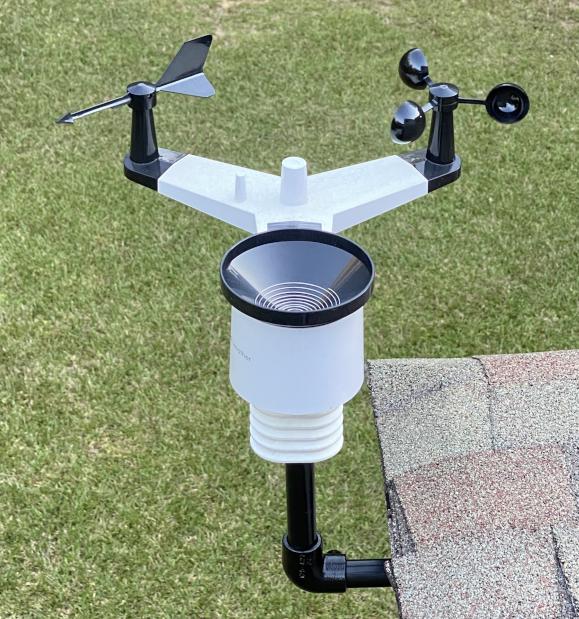
With a PWS, you can see pinpoint data for the weather and climate at whatever location you have the station installed. If I want to know exactly what the temperature is outside, I just look at the display in my office and I know. And I know that it’s the accurate temperature here, not wherever the nearest NWS or other station is. You can also send your data to various sites (like WeatherUnderground) or contribute to community-driven science and also to be able to look at the conditions at your house whenever you like.
The biggest problem I had was that when I installed my weather station at this house, I put it in a horrible location. But in my defense, it was the easiest place to install it quickly and it was cold outside (and I’m impatient). So I ended up installing it too close to the house, meaning the wind readings weren’t as accurate as they could have been. I also wasn’t paying much attention and installed the rain guage directly underneath a gutter which dripped straight into the guage. This type of guage uses a lever mechanism that measures the rain as it drops in, and then lets it drain out the bottom of the guage immediately. At last check, I’ve measured 170 inches (over 14 feet) of “rain” so far this year. The actual measured rainfall in this area is about 31 inches so far.
Placement matters.
Data Everywhere
Before we get into how I moved the station, let’s take a look at what type of data a PWS can show you. The WS-2000 consists of a single unit that holds multiple different sensors. It provides data on temperature, wind speed and direction, precipiation, humidity, UV and solar radiation. In addition to those sensors, it also supports another 8 addon sensors to get data from more pinpoint locations within range, or from different types of sensors like a soil moisture sensor .
All of this data is displayed on a color display. It’s not touch screen, but it does use softkeys on the bottom of the display.
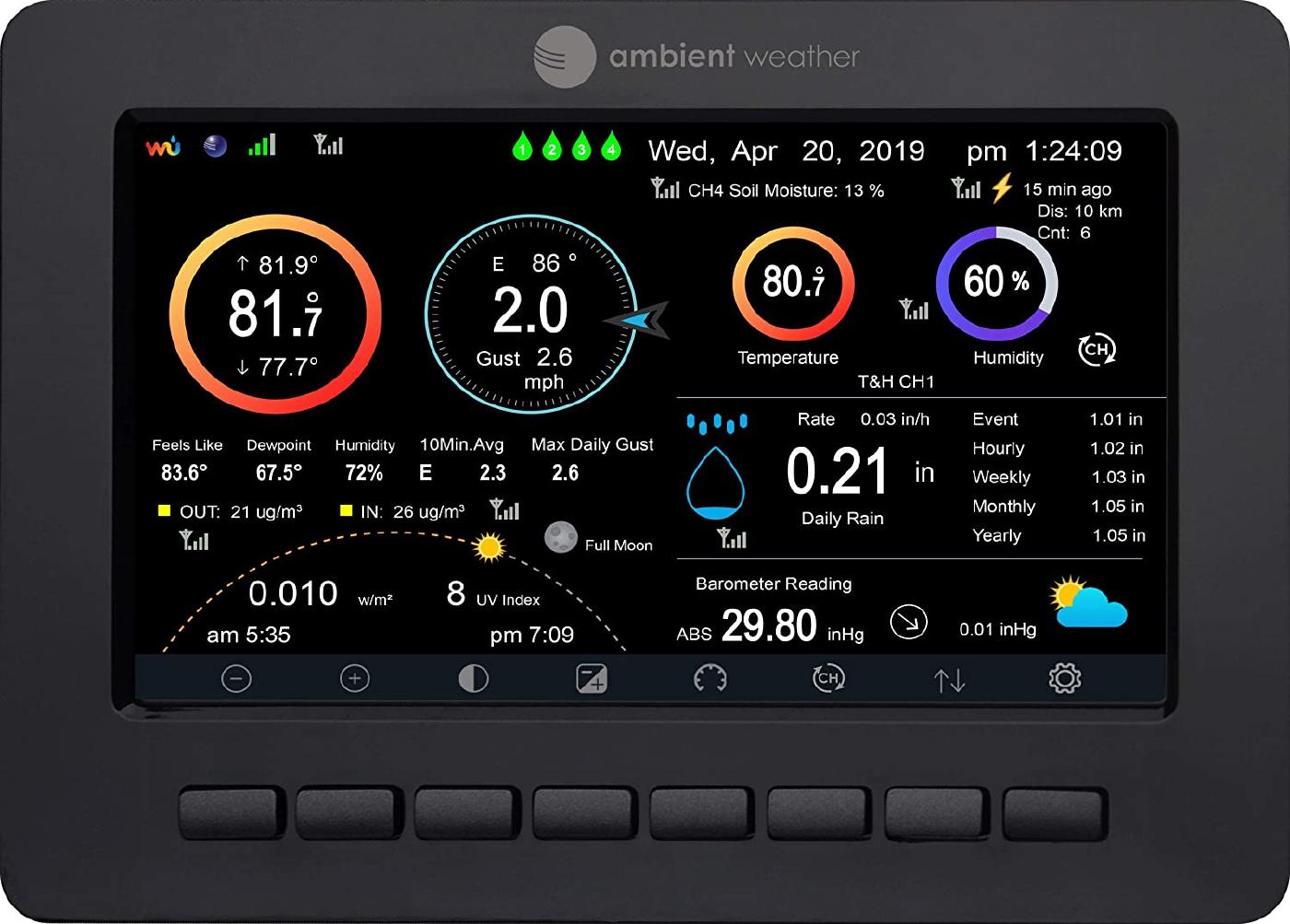
As shown in that picture, the display shows temperature - including recorded highs and lows, wind speed and direction, humidity, dewpoint, rain rates, and solar information. In addition, if there are any other sensors connected, you can display the temperature and humidity from one of those on the right of the screen above the precipitation information.
Using the display, you can connect to your wireless network, which is how the station sends weather data to various sites. None of the sites are configured out of the box - so if you don’t want to send any data, whether you have privacy concerns or whatever, you don’t have anything to change. However, you do have the option of sending data to multiple locations and registering and connecting the weather station to Ambient Weather’s systems as well so you can monitor it remotely.
You can send data to:
- WeatherUnderground
- PWS weather
- WeatherCloud
- IFTTT (for automation purposes)
- Google Assistant & Alexa (using skills/apps on those platforms)
Moving the Station
I actually had two reasons for wanting to move the station: the inaccuracy of the data I was recording, but also because I wanted to put the antenna for my ADS-B setup outside. I’m currently using an upgraded antenna to track aircraft information, but it’s still located inside. More about that setup here. I still have an old satellite dish mount (think DirecTV or similar) on the roof over my porch, which is where the weather station was mounted and where I want to put the antenna.
Time for a trip to Lowes! I decided the best location (for now) was at the very corner of the roof over the screened in porch. It’s far enough away from the structure so that wind readings should be more accurate, and has a clear shot of the sky for rainfall measurements. I picked up a metal structural pipe fitting flange, a 90 degree elbow, and a length of pipe to create a new mounting solution for the station. I attached the flange to the edge of the roofline, cut a section of the pipe down to use as an arm, and attached the elbow in between the two sections to create a length of pipe that went straight up. I did it this way mainly to avoid drilling into the roof itself and having to worry about sealing it properly to avoid water getting in. After that, it was just as simple as mounting the station to the vertical pipe and it’s done. The only thing I may consider changing in the near future is the height above the roof - too close to the roof and the temperature readings are affected by the heat being radiated from the shingles. Right now it’s a little more than a foot above the roof.
Here’s a shot from below that shows how I’ve mounted it in a little more detail. You can also see the enclosure for the thermometer (and other sensors) underneath the rain guage (round section):
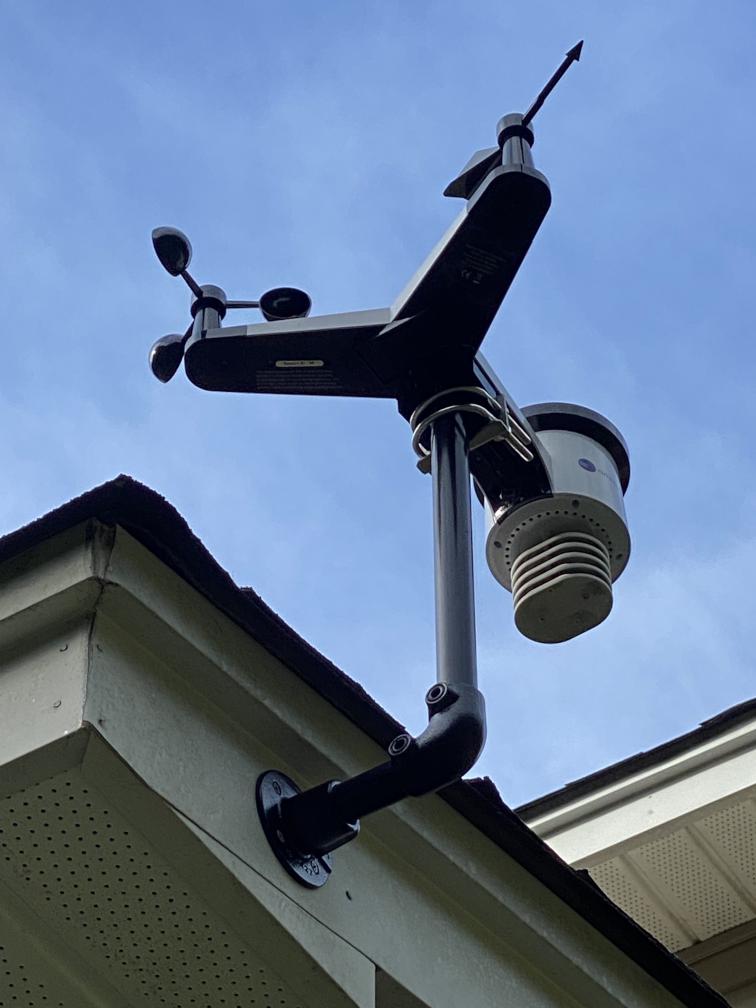
And a top view that shows the different components. The round piece on the bottom left is the rain guage, the metal piece inside that is to keep debris out of the guage itself. The top left indicates the wind direction, and the other scoop-looking pieces are used to determine the wind speed (also known as an anemometer). In the center is a solar panel to measure UV strength.
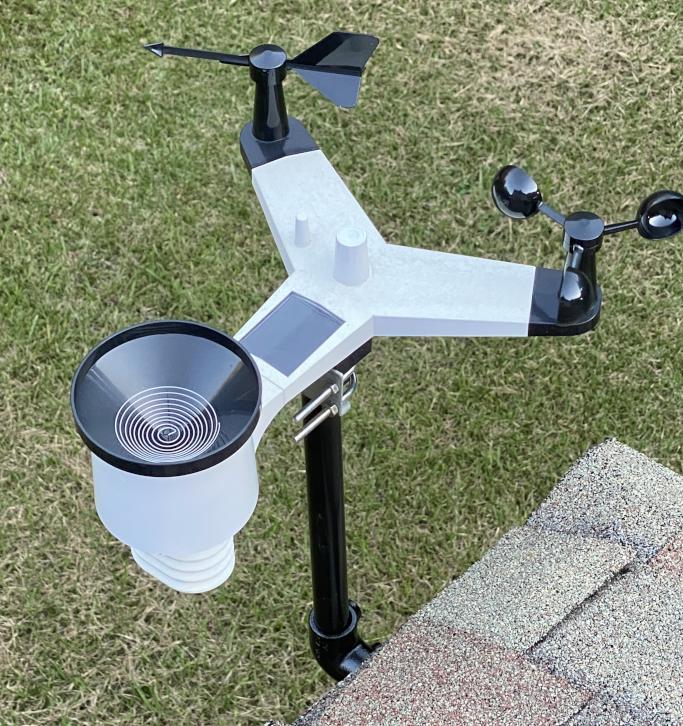
Conclusion
Loving all kinds of tech and science stuff like I do (epecially meteorology), having a personal weather station at my house seemed like it would fit right in line. I can easily tell what it’s actually like at my house at a glance and decide whether I might want to go sit outside and write my next article, or whether it’s 104 degrees with 85% humidity and I would drown as soon as I walk outside. That’s basically every summer day in the south if you’re not familiar.
The accuracy of the data is highly dependent on the placement and installation of the weather station. Too close to the house and you won’t have accurate wind data. Too close to the roof (which mine might still be), and you’ll see increased temperature readings due to radiational heating off the roof. And definitely make sure you don’t position it so the rain gauge is directly under a waterfall like I did.